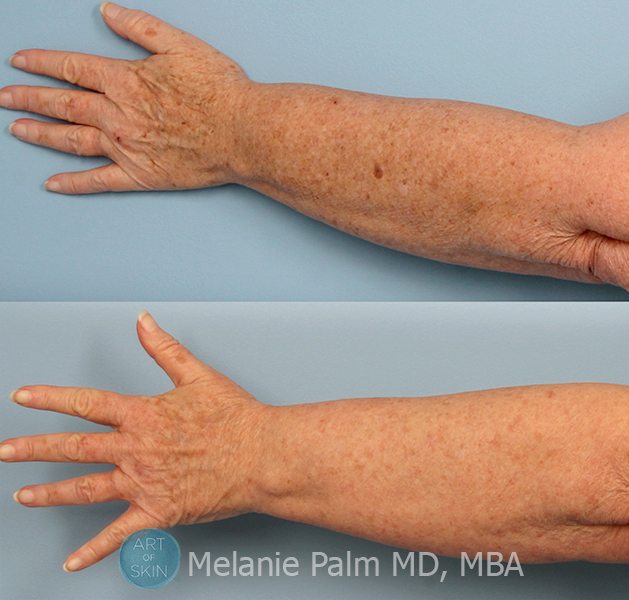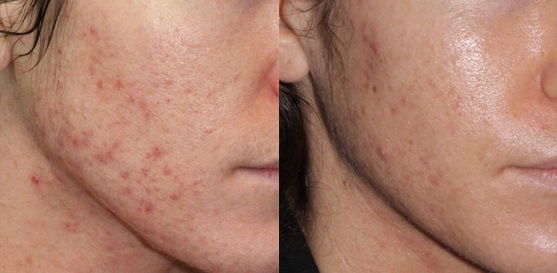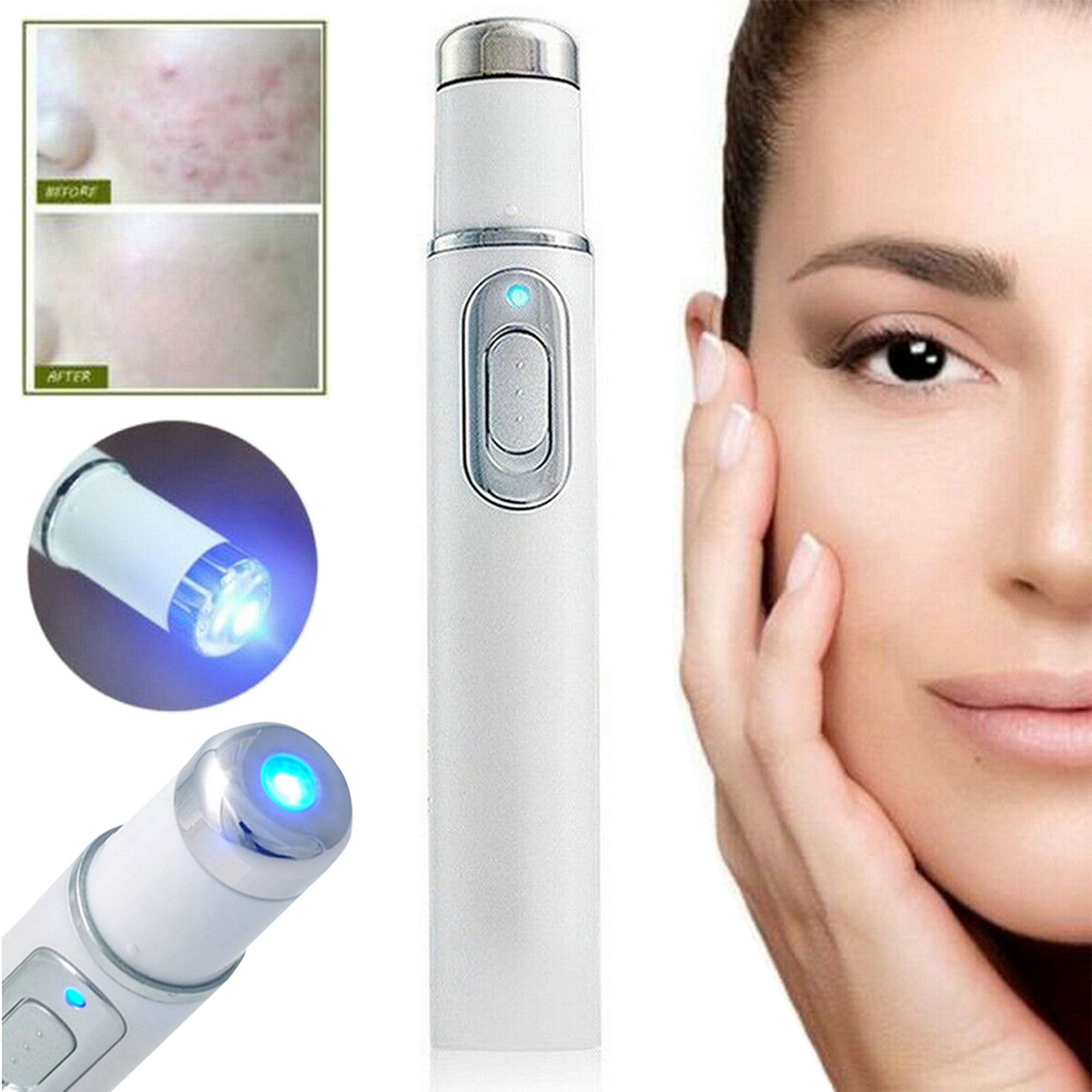Table of Content
The reaction from the chemicals, oxygen and the blue light is what destroys the precancerous or cancerous skin cells. Your actual treatment will typically involve two visits — one for the initial screening and diagnosis, followed by your actual treatment appointment. Once the solution is applied to your skin, you’ll allow it to absorb for an hour, and then you’ll do the blue light exposure for just under 20 minutes. If light-sensitive drugs are used for photodynamic therapy, as is the case in most cases, your skin will be very sensitive to light for several weeks after the procedure.
A feature of psoriasis is localized inflammation mediated by the immune system. Ultraviolet radiation is known to suppress the immune system and reduce inflammatory responses. Light therapy for skin conditions like psoriasis usually use 313 nanometer UVB though it may use UVA (315–400 nm wavelength) or a broader spectrum UVB (280–315 nm wavelength). UVA combined with psoralen, a drug taken orally, is known as PUVA treatment. In UVB phototherapy the exposure time is very short, seconds to minutes depending on intensity of lamps and the person's skin pigment and sensitivity.
HOW DOES THE TREATMENT WORK?
Ultraviolet light causes progressive damage to human skin and erythema even from small doses. This is mediated by genetic damage, collagen damage, as well as destruction of vitamin A and vitamin C in the skin and free radical generation. Ultraviolet light is also known to be a factor in formation of cataracts. Ultraviolet radiation exposure is strongly linked to incidence of skin cancer.
Some users have reported success with lights that turn on shortly before awakening . Evening use is recommended for people with advanced sleep phase disorder. Some, but not all, totally blind people whose retinae are intact, may benefit from light therapy. According to the AAD, two small studies have found that blue light therapy improved mild-to-moderate symptoms of psoriasis in people with pale to light brown skin. In a 2013 study, around half of a group of 35 people in Korea used a light therapy device combining blue and red light twice daily for 4 weeks. They underwent evaluation after 12 weeks, while the other half used a placebo device.
thoughts on “Best At Home Blue Light Therapy for Acne Reviews”
This medical-grade light therapy device is small and lightweight enough to take with you on the go. Identifying and avoiding your triggers can help control your rosacea. It is facinating that different light waves have unique positive effects on the skin. Light therapy seems like a great multifaceted approach to general skin care. Due to its refined design, TANDA claims this model is able to target a narrow spectral range of light for the killing bacteria.

Continue for further improvement or drop to 2 or 3 sessions per week for maintenance. Do a minimum 15 minutes per treatment area, double it for faster results. For pigmentation & scars, hold the laser against your skin for 3 minutes, 5 minutes for bruises, and 15 minutes for thread veins. Most at-home red light devices work in the same way but are less powerful. However, there is one medically-cleared professional device available to use at home.
Relevant Article(s):
These are my favourite at-home skincare devices from my real tests. Hold this LED device in your mouth for 3-minutes every day to brighten, fade pigmentation & lines, smooth, firm & plump for the perfect pout. Wear this super-hero-worthy LED eye mask for 3-minutes every day to brighten, fade dark patches & lines, smooth, firm & plump for younger-looking peepers. A fast & impressive multi-tasker which soothes, heals, rejuvenates, relieves musculoskeletal aches & pains, fights acne & other bacterial conditions.
Many people have this question in mind that which LED light they should go for. Well, most specialists recommend going forward with Red and Blue Light Therapy for treating something like this. Many studies also show that red and blue light therapy have been effective in treating rosacea symptoms.
This product is in the mid-high end range of light therapy devices, and this is reflected in its high-quality treatments. Photoreceptors within the eyes are sensitive to low-wavelength blue light. These receptors provide information to help regulate a person’s biological clock and other areas of the brain. Based on that, a 2016 study explores how blue light therapy could help treat SAD and other forms of depression. This article reviews in more detail what blue light therapy is, how it may treat depression, what the research says, and more. Blue light has been researched for decades and FDA approved for various treatments.
Those who used the light therapy device saw a 77% improvement in inflammatory lesions and a 54% improvement in noninflammatory lesions. A Japanese study of 10 people with acne on their face or back reported that targeted blue light therapy once or twice a week led to a significant reduction in acne severity in eight participants. A form of phototherapy, some blue light treatments have approval from the Food and Drug Administration for moderate acne vulgaris that has not responded to other therapies. And so, the LED devices often offer an assortment of different light colors based on your skin’s needs.
While they have a high safety profile, correct use and the right device are critical for getting results. There is some evidence that blue light therapy can help treat acne or prevent an outbreak. However, research has not yet confirmed that it is very useful or better than topical retinoids and other treatments. Another benefit, unlike other skin treatments (extractions, we’re looking at you!), is that LED light therapy is for the most part pain-free. Dermabeam is your answer to the best light therapy available out there.

However, an individual’s treatment time and duration outside of clinical studies may vary. It only stands to reason that if blue light can support the liver in such extreme conditions, it can certainly support the liver on a regular basis. For this type of treatment you would use blue light with a longer wavelength, such as 450 nm and above. You would also want a light that covers a broad area of your skin. Blue light therapy is the standard treatment for conditions where the liver function is reduced, such as neonatal jaundice and Crigler-Najjar Syndrome.
You can learn more about how we ensure our content is accurate and current by reading our editorial policy. A person should follow all instructions from the manufacturer and their doctor when using light therapy devices at home. A person can often acquire a blue light device from online retailers. Devices vary considerably in the intensity and light wavelengths emitted.

The DeMarkQ POP tool helps treat acne in the notoriously oily T-zone . So, if you’re considering exploring LED light therapy and aren’t sure where to start, read on to learn more about LED light therapy and what to look for when choosing the right LED therapy for you. The redness may come and go at first, but it tends to become more persistent as the condition progresses. These tiny creatures live on the skin of everyone, but people with rosacea may have an overgrowth of them. One disadvantage of this product is that the treatment panel is slightly smaller than other models.
Patients on certain drugs such as methotrexate or chloroquine should use caution with light therapy as there is a chance that these drugs could cause porphyria. If you wish to reapanti-agingbenefits, the two sessions of red light therapy for 20 minutes twice a week are apt for 12 weeks. According to Mental Health America, blue light may help regulate circadian rhythms, commonly known as the body clock. Melanopsin, a photoreceptor that plays a key role in regulating circadian rhythms, responds strongly to blue light.

No comments:
Post a Comment